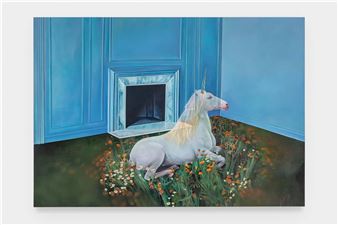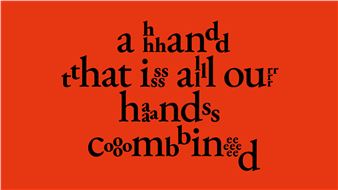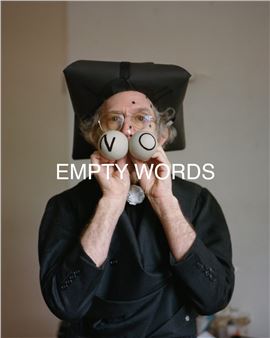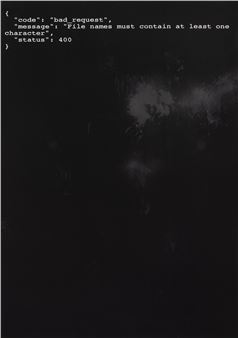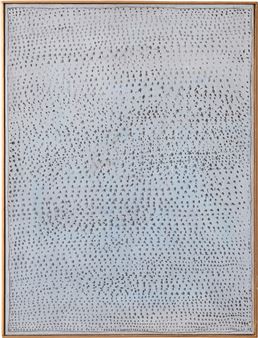Fables Of Resurrection
The exhibition "Fables of Resurrection" manifests a kaleidoscopic snapshot of experiences that oscillate between arrest and an excess of agency. Conveying phantasmagorical states, the works in this exhibition weave together modes of storytelling to think about different relationships between the individual and social body.
Such a reflection on the interrelation between corporality and temporality can inevitably be read as one about the current “Virus-Time”: the replacement of an illusion of a common, global world with discontinuous and isolated realities; the provocation of “a temporality that’s not only plotless but has no end in sight.”
"Fables of Resurrection" frames these experiences within economic deferrals that have promoted competition and risk instead of stability, security and compassion, and have intensified social asymmetries. Questions about political subjectivity and social transformation in particular draw on the often-romanticized role of art and the artist: what are the narrative potentials in the face of such overdetermined conditions?
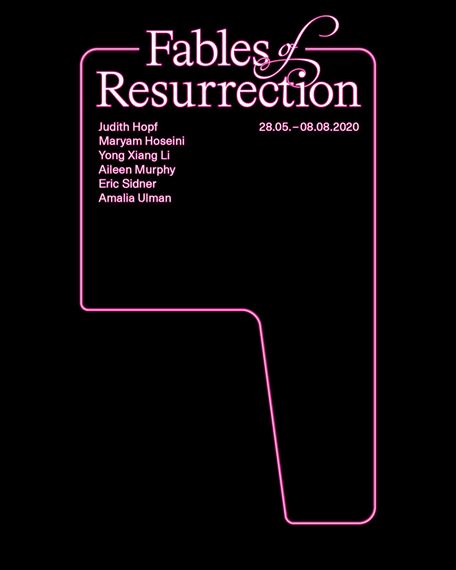
Recommended for you
The exhibition "Fables of Resurrection" manifests a kaleidoscopic snapshot of experiences that oscillate between arrest and an excess of agency. Conveying phantasmagorical states, the works in this exhibition weave together modes of storytelling to think about different relationships between the individual and social body.
Such a reflection on the interrelation between corporality and temporality can inevitably be read as one about the current “Virus-Time”: the replacement of an illusion of a common, global world with discontinuous and isolated realities; the provocation of “a temporality that’s not only plotless but has no end in sight.”
"Fables of Resurrection" frames these experiences within economic deferrals that have promoted competition and risk instead of stability, security and compassion, and have intensified social asymmetries. Questions about political subjectivity and social transformation in particular draw on the often-romanticized role of art and the artist: what are the narrative potentials in the face of such overdetermined conditions?

 ARTISTS
ARTISTS










